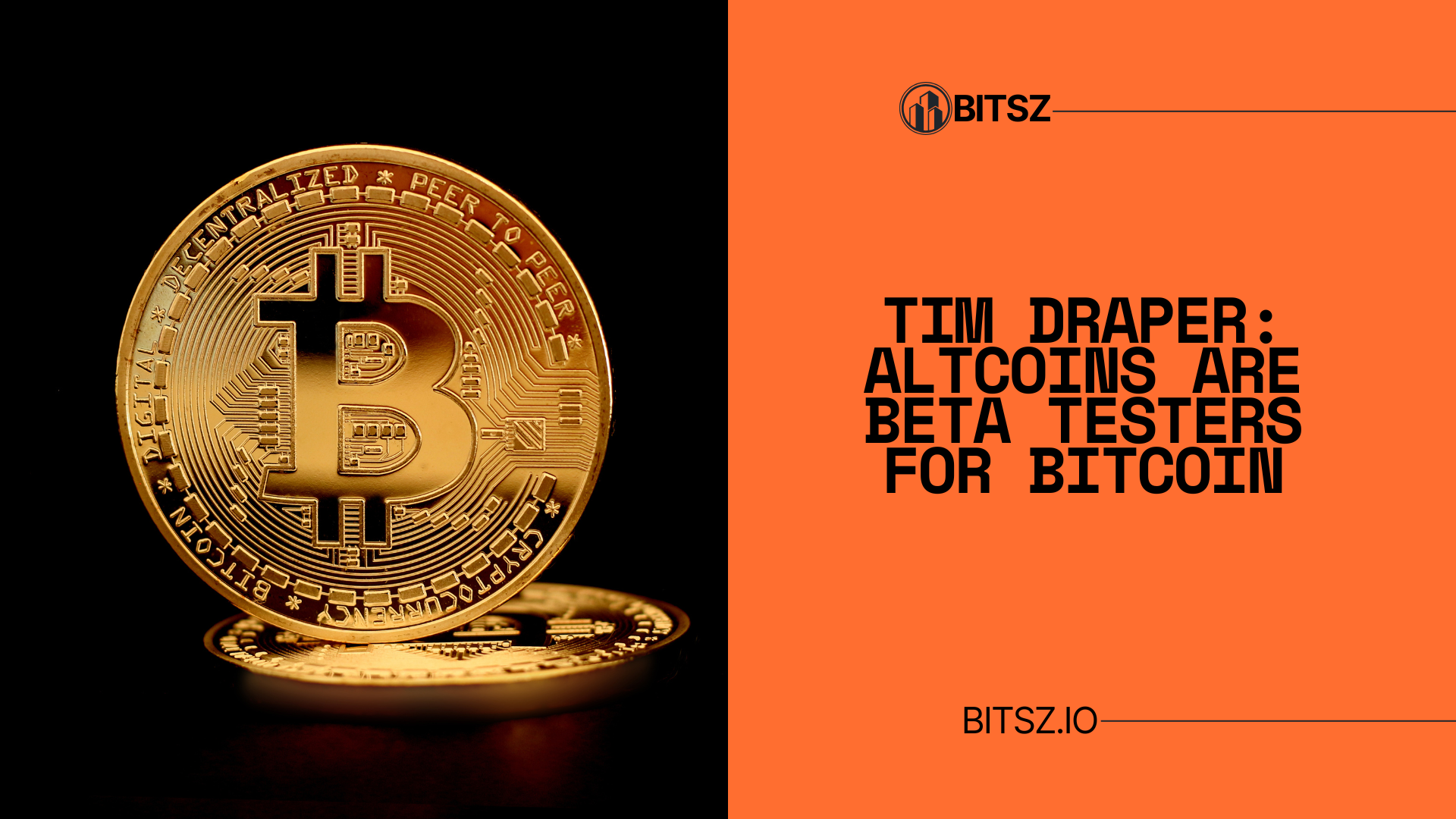
Venture capitalist Tim Draper believes the long-running “Bitcoin vs. altcoins” debate is misguided. In a fresh round of comments reported by Cointelegraph, Draper argued that alternative cryptocurrencies act as “beta testers” for new ideas that eventually migrate to Bitcoin—ultimately strengthening the leading network rather than undermining it. He also said Bitcoin’s market share has risen across cycles, citing a current range of about 61%–62%.
What Draper actually said—and why it matters
According to Cointelegraph’s write-up of Draper’s CNBC “Squawk Box” appearance, competition from altcoins allows developers to experiment quickly. When concepts prove themselves (for example, better wallet UX or new payment flows), “great engineers” tend to port the best bits back to Bitcoin. Draper framed this as a market law: the dominant platform attracts the most builders over time, making it even harder to dislodge.
He also leaned on a familiar analogy: in web2’s early days, many apps were built for Microsoft first because that’s where the users were. Microsoft still commands roughly 72% of the desktop OS market today—evidence, in Draper’s view, that developer gravity clusters around dominant platforms.
Does the data back him up?
Two datapoints help frame the claim:
- Bitcoin dominance: A July research note from CoinGecko puts 2025 year-to-date BTC dominance at ~58.5%, up from 38.4% at the start of 2023. Real-time dashboards have hovered near the high-50s to low-60s through August, broadly consistent with Draper’s “~61–62%” remark (though the exact figure fluctuates daily).
- Developer distribution: The latest Electric Capital Developer Report shows Bitcoin’s developer count well below Ethereum and the broader EVM stack—evidence that a large share of open-source building still happens outside of Bitcoin, even if some ideas later get ported. That nuance tempers Draper’s narrative without contradicting it.
In short: dominance is up this cycle, but most crypto devs still spend their time in EVM land. Both things can be true simultaneously.
Price context: from record highs to a cooldown
Draper’s comments come less than two weeks after Bitcoin set an all-time high above $124,000 on Aug. 14, before easing lower. Reuters and CoinDesk each recorded the new peak; as of this morning, spot BTC is trading near the low-$110Ks, a typical comedown after a vertical move.
Why altcoin “beta testing” can feed Bitcoin
From a product lens, Draper’s thesis has some logic:
- Rapid iteration at the edges: Altcoins and L2s often ship features faster—new token standards, fee models, and on-chain UX ideas—because they can accept more breakage. Successful patterns then get adapted for Bitcoin in more conservative forms. (Think: improvements in wallets, privacy techniques, or payment routing.)
- Network effects and standardization: Just as Windows’ scale created a de facto standard for developers, Bitcoin’s settlement assurances and liquidity can make it the end-state home for proven primitives, even if their first drafts lived elsewhere.
- Macro tailwinds: Institutional demand and policy shifts (from spot ETFs in 2024 to friendlier retirement-account rules in 2025) keep steering mainstream capital toward BTC, reinforcing the “build for the biggest audience” loop Draper describes. (Recent mainstream reporting noted BTC’s new high as broader macro hopes built.)
The counter-view
Skeptics point to developer counts and on-chain activity to argue that innovation is still faster outside of Bitcoin. Electric Capital’s dataset, which tracks millions of Git commits, has consistently shown more active devs on Ethereum/EVM than on Bitcoin. If most experimentation stays off-Bitcoin (or moves to Bitcoin-adjacent layers instead of L1), Draper’s “gravitational pull” could play out more in the Bitcoin ecosystem than strictly on the base chain.
Market share can also ebb: YTD averages and daily “dominance” snapshots don’t always tell the same story. CoinGecko’s research shows the multiyear uptrend, but day-to-day readings can dip when altcoins rally.
Conclusion
Draper’s core message is less tribal and more ecosystem-level: altcoins don’t threaten Bitcoin’s rise; they often accelerate it by pressure-testing ideas at the frontier. The data we have today largely squares with that thesis on dominance (up this cycle), while also showing that most raw developer energy still sits with Ethereum/EVM. If Bitcoin continues to absorb proven innovations—whether through sidechains, layers, or conservative L1 changes—Draper’s “beta testers” framing could age well.